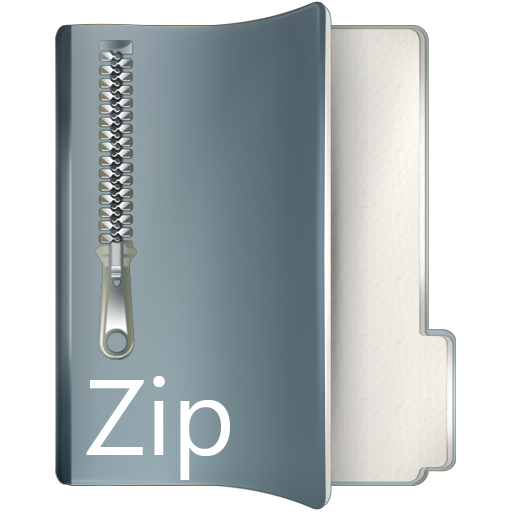Arşiv ve Dokümantasyon Merkezi
Dijital Arşivi
Dijital Arşivi
The interface behavior between granular soils and concrete
JavaScript is disabled for your browser. Some features of this site may not work without it.
| dc.contributor | Graduate Program in Civil Engineering. | |
| dc.contributor.advisor | Baykal, Gökhan. | |
| dc.contributor.author | Danyıldız, Egemen. | |
| dc.date.accessioned | 2023-03-16T10:49:51Z | |
| dc.date.available | 2023-03-16T10:49:51Z | |
| dc.date.issued | 2007. | |
| dc.identifier.other | CE 2007 D36 | |
| dc.identifier.uri | http://digitalarchive.boun.edu.tr/handle/123456789/13847 | |
| dc.description.abstract | Interface between construction materials and soils play an important role in many geotechnical systems, including pile foundations, retaining walls and deep foundations. Split samples consisting of concrete block at the bottom half and granular soil at the top half were prepared and direct shear tests were performed. To be able to control the large number of parameters affecting the interface behavior, granular soil was manufactured using fly ash by cold bonding pelletization technique with predetermined shape, size, grain size distribution, surface roughness, water absorption, unit weight and crushing strength. The pellets which only consists of fly ash was FA group, and the other groups with 10%, %20 cement/fly ash ratios by weight were FAC10 and FAC20 respectively. The physical and mechanical properties of these aggregates were investigated by using conventional soil mechanics tests. Concrete blocks were prepared with only fly ash aggregates (FA) in accordance with ASTM C 33-03 “Standard specifications for concrete aggregates”. The comparison of direct shear and interface tests indicated that the angles of internal friction of granular soils are approximately 10% higher than soil to concrete interface friction angles but the contact efficiencies remain almost constant for all groups. Under low normal stress, FA group aggregates have the advantage of angular shapes and rough surfaces relative to others. FAC10 and FAC20 group aggregates exhibited higher performance due to their resistance to crushing under high normal stresses of 100 kPa and 200 kPa and attained interface friction angles of 33 and 34 degrees respectively. Surface roughness of concrete blocks was scanned with a 3D scanner and a relationship between concrete surface and maximum interface stress was established. | |
| dc.format.extent | 30cm. | |
| dc.publisher | Thesis (M.S.)-Bogazici University. Institute for Graduate Studies in Science and Engineering, 2007. | |
| dc.relation | Includes appendices. | |
| dc.relation | Includes appendices. | |
| dc.subject.lcsh | Soil-structure interaction. | |
| dc.subject.lcsh | Interfaces (Physical sciences) | |
| dc.title | The interface behavior between granular soils and concrete | |
| dc.format.pages | xviii, 116 leaves; |

